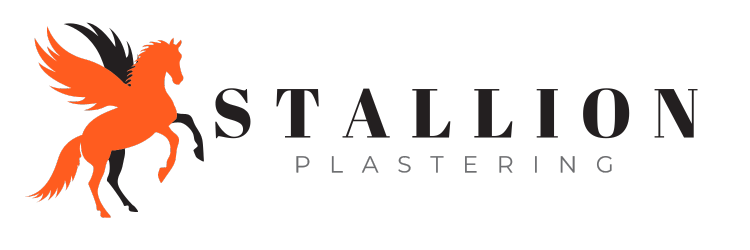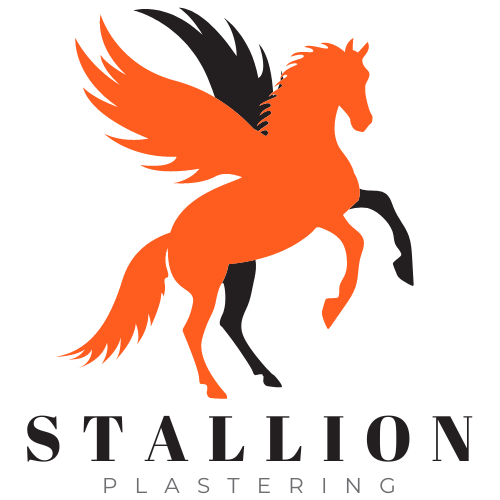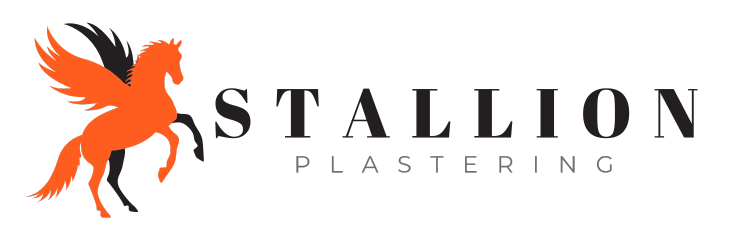Dry Lining Specialists
We Do Dry Lining
Transparent And Professional
Here to provide you with a stress free Dry Lining experience
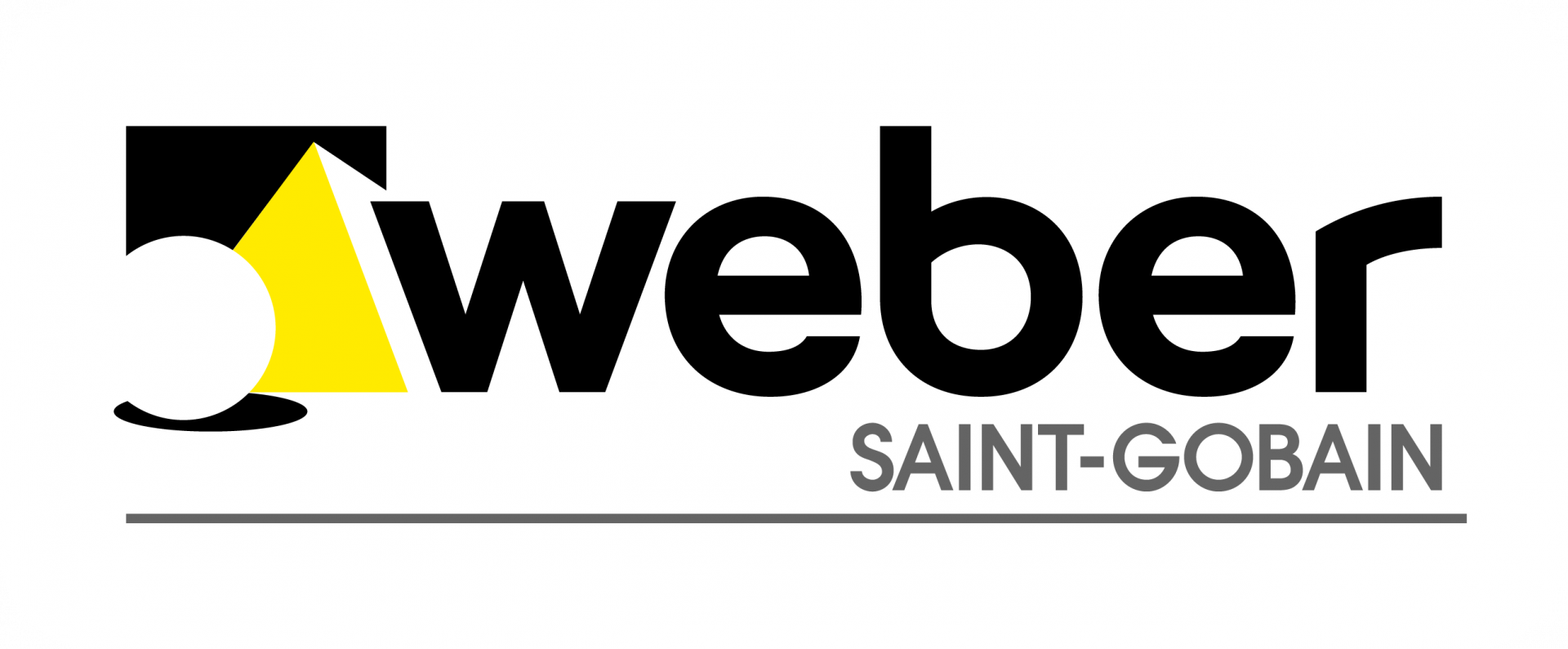


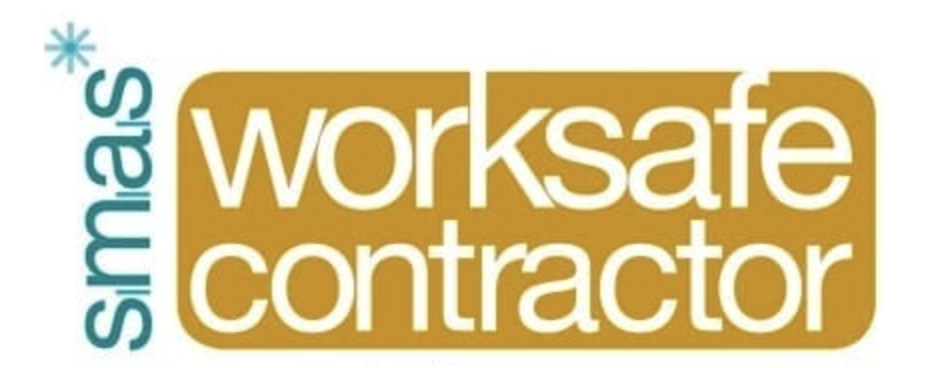
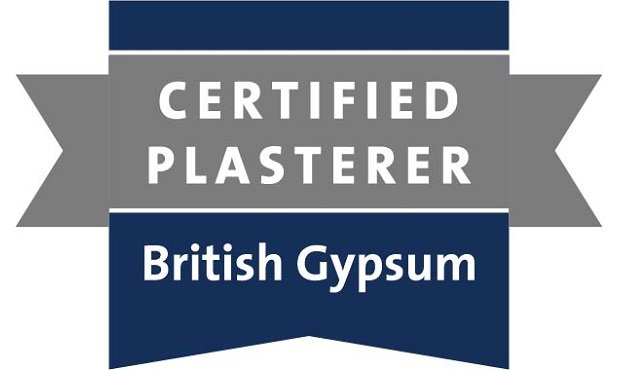





Choose Stallion Dry Lining for the best dry lining in Liverpool. We fix issues like poor materials and shoddy work, so you’ll be happy. Our expert team uses top-notch materials, making the dry lining process smooth and easy. Count on Stallion Dry Lining’s focus on you, the customer, for impressive results that make your property look great.
Why Choose Stallion Plaster's Dry Lining Service?
Types Of Dry Lining We Offer

Gypsum Board Installation
Installing plasterboard sheets to walls and ceilings to create a smooth, even surface for painting or wallpapering

Metal Stud Partitioning
Constructing non-load-bearing walls using metal studs and tracks to divide spaces, create new rooms, or add sound insulation
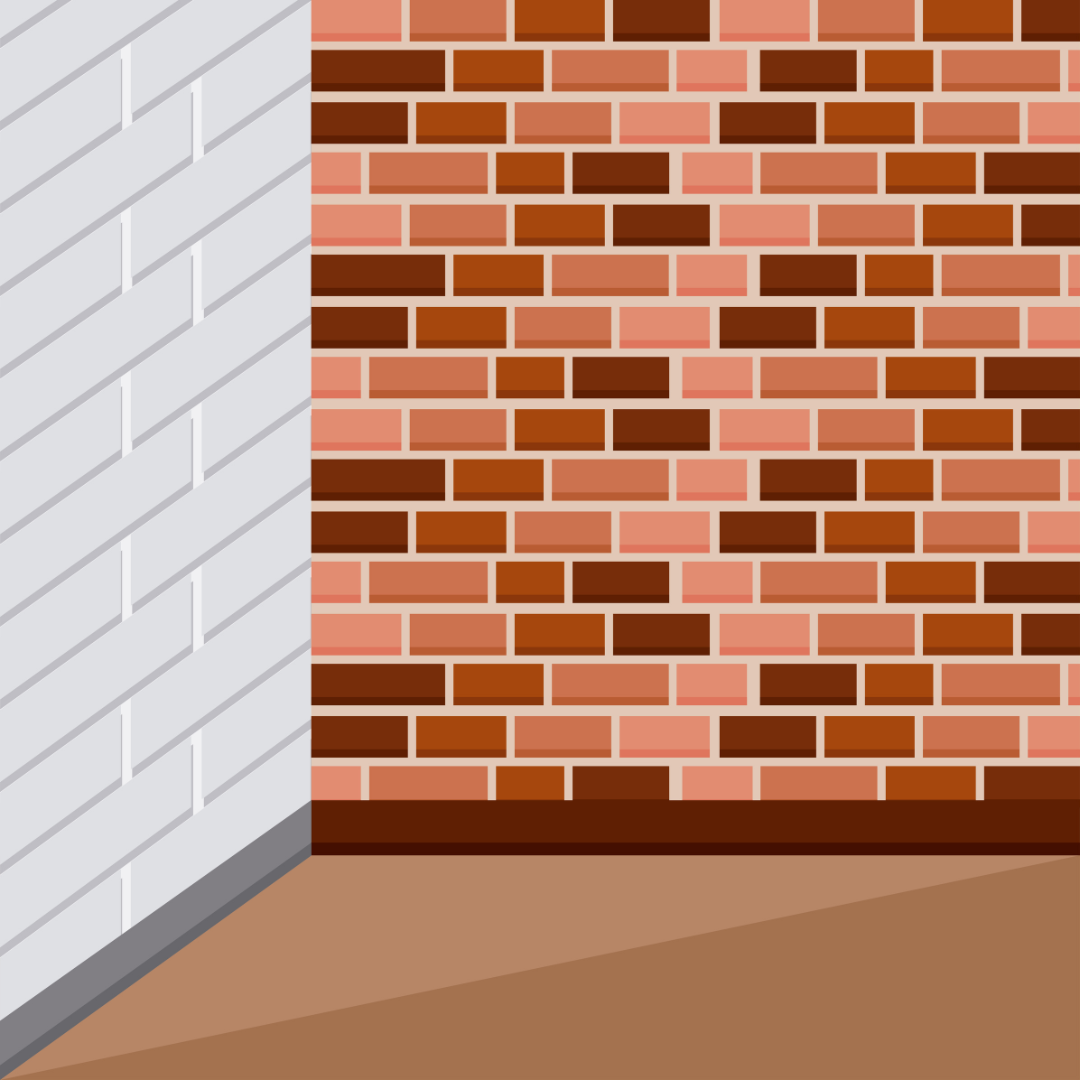
Taping and Jointing
Sealing the seams between plasterboards with joint compound and tape to achieve a seamless and smooth finish

Suspended Ceilings
We put up secondary ceilings to hide ductwork and wiring, make the room quieter, and make it easier to do maintenance.
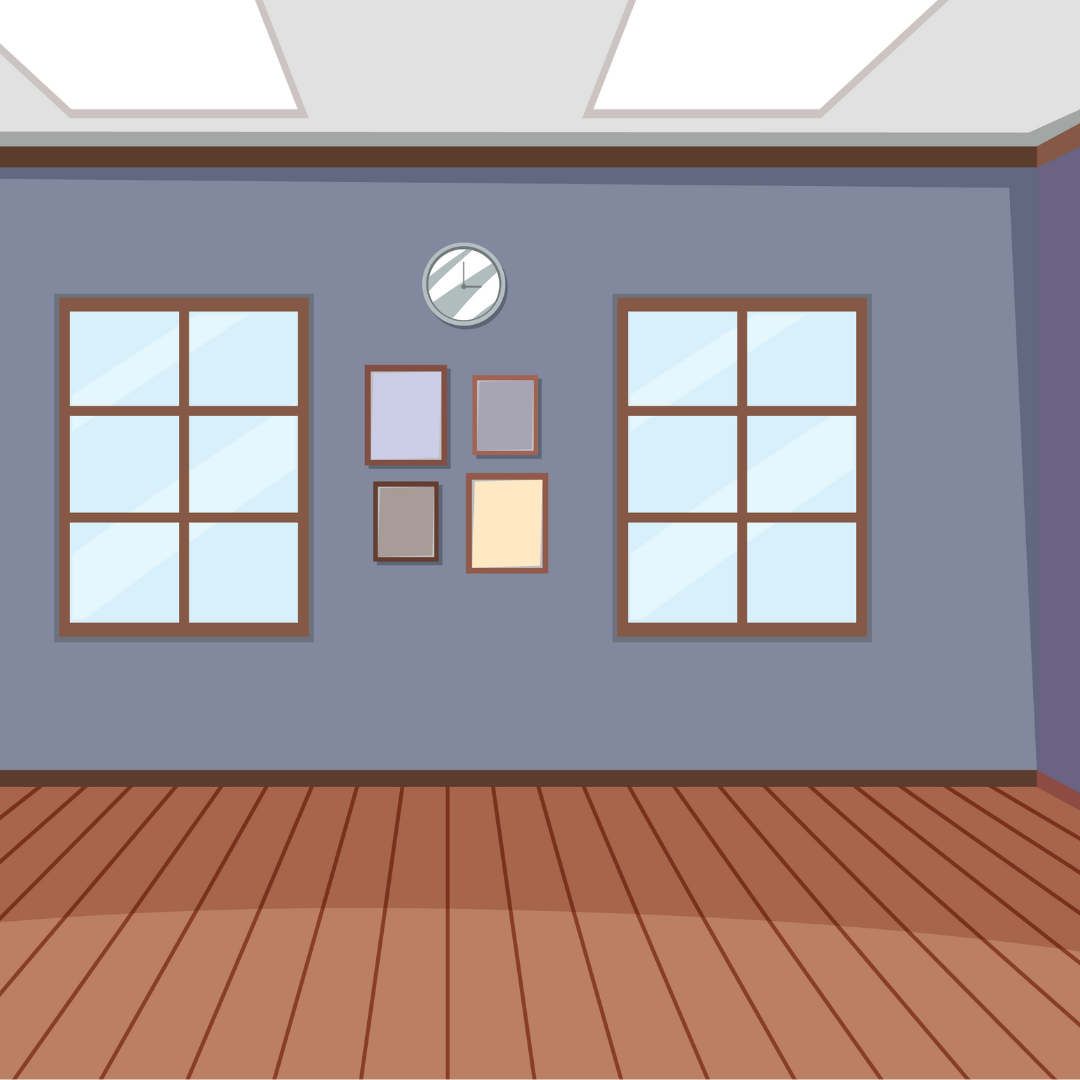
Plasterboard Ceiling Installation
Fixing plasterboard to ceiling joists or a suspended grid system to create a smooth, even surface for decorating

Drywall Insulation
We boost your property's insulation and soundproofing with materials like mineral wool or rigid foam boards behind the plasterboard

Specialists in Dry Lining
Dry Lining FAQs
Dry lining involves attaching plasterboards to walls or ceilings using adhesive dabs or screws, providing a smooth finish without wet plaster. It’s quicker and less messy than traditional plastering, and it can improve thermal and sound insulation.
Yes, dry lining can be used for both walls and ceilings. It’s suitable for masonry, cavity walls, and timber or steel stud frames, offering flexibility in a variety of situations.
The two main dry lining techniques are the “dot and dab” method, which uses adhesive dabs to attach plasterboard to walls, and the “tacking” method, which involves screwing plasterboard to timber or steel stud frames.
Dry lining can enhance thermal insulation by creating air pockets behind the plasterboard or incorporating additional insulation materials. This improves energy efficiency by reducing heat loss through walls and ceilings.
One potential disadvantage is that dry lining may not provide the same level of moisture resistance as traditional plastering. However, incorporating a vapour barrier can help prevent condensation and damp issues.
